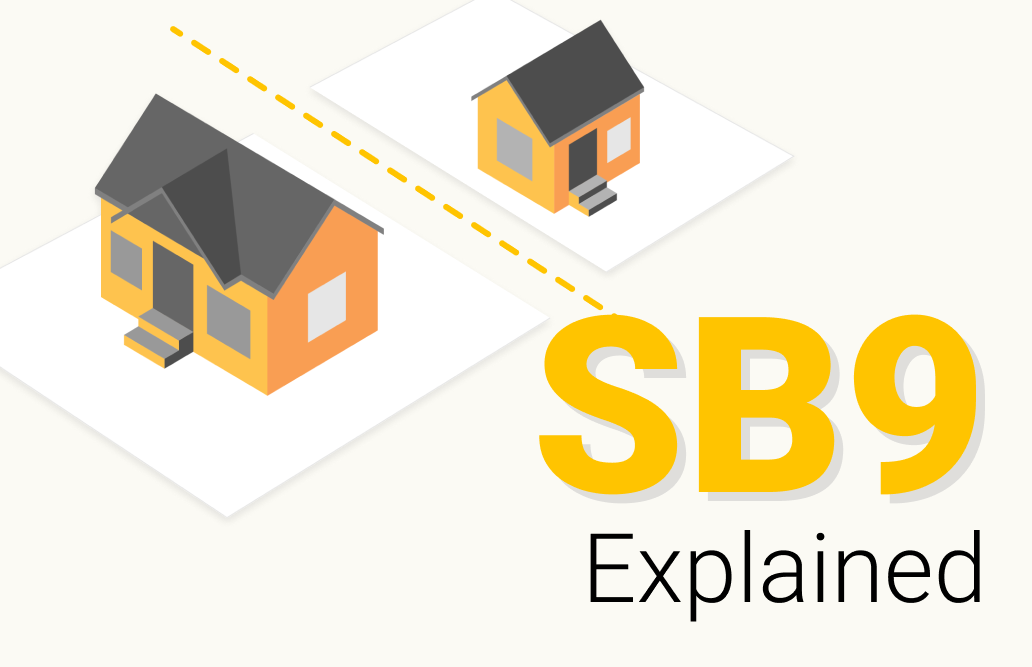SB9 has become a cornerstone in addressing the state’s housing crisis. This transformative legislation presents both challenges and opportunities for homeowners, real estate investors, and urban planners. In this comprehensive guide, we delve into the top 10 things you should know about SB9, providing insights into how it reshapes California’s housing landscape.
1. Understanding the Basics of SB9
SB9, effective from January 2022, allows the conversion of single-family lots into duplexes or the subdivision of a lot into two separate units. This groundbreaking law aims to tackle California’s housing shortage by increasing the density of residential neighborhoods. SB9 marks a radical shift in California’s approach to housing. Traditionally, single-family zoning has dominated residential areas. SB9 disrupts this by allowing property owners to create up to four residential units on what was previously a single-family lot. This change aims to increase housing density and availability in response to the state’s severe housing shortage.
2. The Objective Behind SB9
SB9’s goal is to address the acute housing shortage in California. By facilitating the development of more housing units in existing neighborhoods, SB9 seeks to make housing more accessible and affordable for Californians.
California’s housing crisis, characterized by high prices and limited availability, has been a persistent challenge. SB9 is part of a broader legislative effort to increase the housing stock, thereby making homes more affordable and accessible to a broader segment of the population.
3. Eligibility Criteria for SB9
Not every property qualifies for development under SB9. The legislation sets out specific criteria, including the location of the property, lot size, and compliance with local zoning regulations. Understanding these criteria is crucial for homeowners and developers looking to take advantage of SB9.
To qualify for SB9’s provisions, properties must meet specific criteria, including zoning requirements and lot size. The law also respects historical districts and environmental considerations. It’s essential for property owners to consult with local planning departments to determine if their property is eligible.
4. Impact on Homeowners
For homeowners, SB9 opens the door to new possibilities. By converting their properties into duplexes or subdividing their lots, homeowners can generate additional income through rentals or sales. However, they must navigate local regulations and potential financing challenges.
Homeowners interested in SB9 should consider both the opportunities and challenges. While the potential to generate additional income or increase property value is significant, they must also consider the costs of development, potential impact on their neighborhoods, and compliance with local codes.
5. Implications for Real Estate Investors
Real estate investors stand to gain significantly from SB9. The law creates opportunities for developing multiple units on single-family lots, potentially yielding higher returns on investments. However, investors need to be mindful of market dynamics and local community responses.
SB9 potentially alters the landscape for real estate investment in California. By allowing more units on a single lot, the law creates new investment opportunities. However, investors should conduct thorough market research and understand community sentiments before embarking on SB9 projects.
6. Concerns and Opposition
SB9 has faced opposition from various groups, including some local governments and community organizations. Critics argue that the bill could alter the character of neighborhoods, strain local resources, and lead to gentrification.
SB9’s detractors raise valid concerns about its potential impacts. Increased density might strain local infrastructure, and rapid development could alter the character of established neighborhoods. Addressing these concerns is crucial for the successful implementation of SB9.
7. Urban Planning and Infrastructure Considerations
Urban planners are tasked with balancing SB9’s objectives with the need to maintain community character and infrastructure. This involves careful consideration of issues like parking, traffic, and public services in areas where housing density will increase.
The influx of new housing units under SB9 presents urban planning challenges. Cities must ensure that infrastructure, including roads, public transit, and utilities, can accommodate increased density. This requires strategic planning and investment.
8. Legal and Regulatory Landscape
Navigating the legal and regulatory aspects of SB9 is essential. This includes understanding state mandates, local zoning laws, and the streamlined approval process established by the bill. Homeowners and investors must comply with these regulations to successfully develop properties under SB9.
Understanding the legalities and regulations surrounding SB9 is crucial. This includes adhering to a streamlined approval process and ensuring compliance with both state mandates and local ordinances. Failure to comply can result in significant setbacks and legal challenges.
9. Potential for Long-Term Housing Market Changes
SB9 could significantly impact California’s housing market in the long run. By increasing the housing supply, it may help stabilize soaring property prices and rents. However, the full extent of these changes will become clearer as more developments under SB9 come to fruition.
The long-term impact of SB9 on California’s housing market is a subject of much speculation. By increasing supply, it could help mitigate some of the housing affordability issues. However, it’s a complex interplay of market forces, and the true impact will unfold over time.
10. Resources and Assistance
Various resources are available to those looking to understand or utilize SB9.








